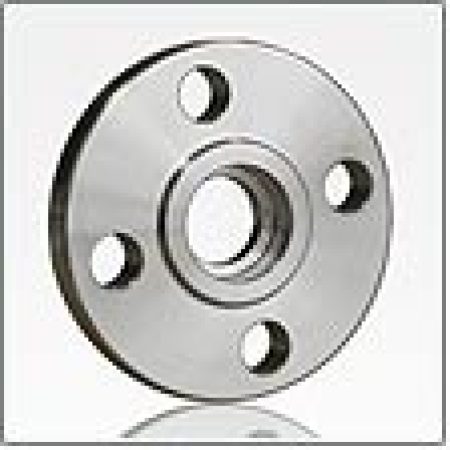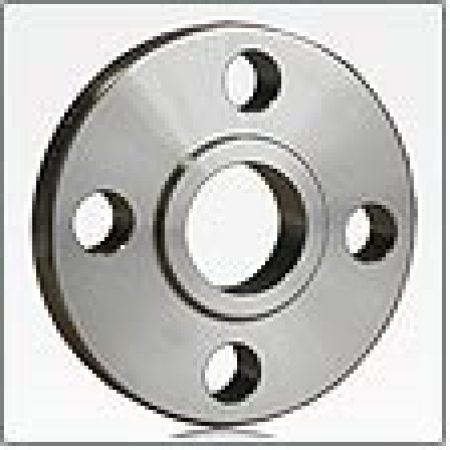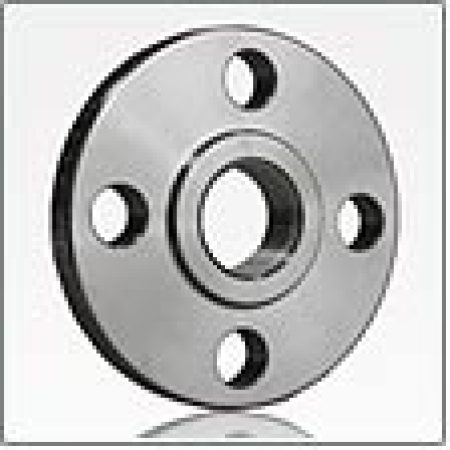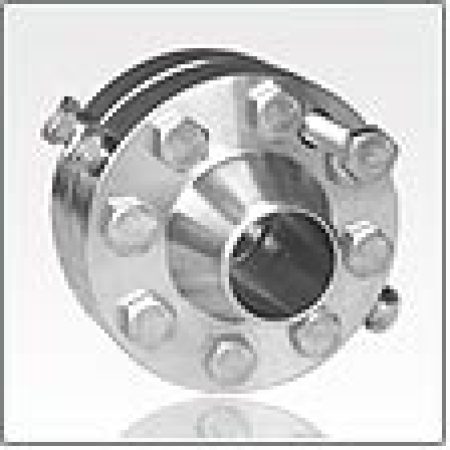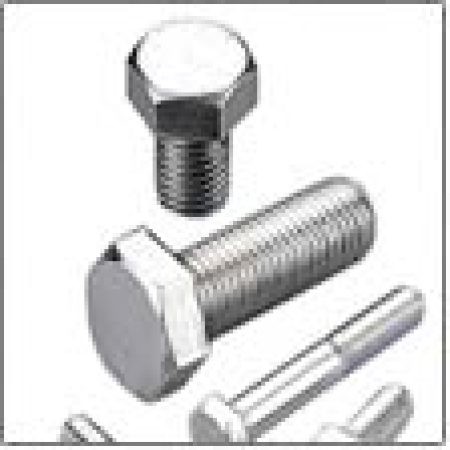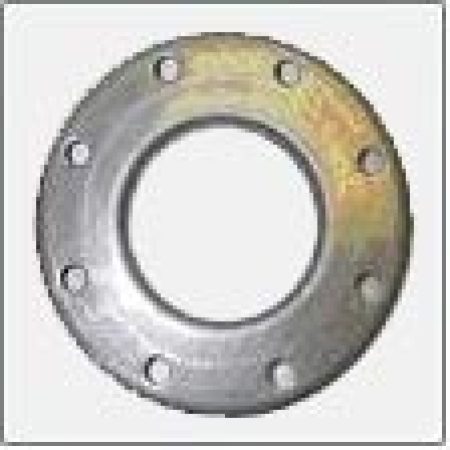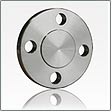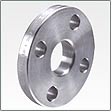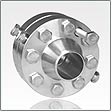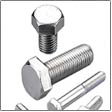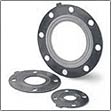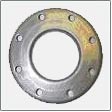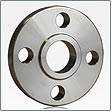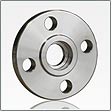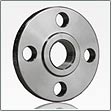Pipe Flanges
Pipe Flanges are widely used as a popular category of pipe fittings. A flange is used to mechanically connect two pipes together. It can also be used to mechanically connect a pipe to a tee, valve, choke or any other piece of equipment. Flanges are available in round, square, and rectangular shapes. In some cases, flanges are usually in the shape of a ring or a plate to form a rim at the end of a pipe when fastened to the pipe. This is an example of closet flange.
A flange can also be a plate for covering or closing the end of a pipe. This is a blind flange. Thus, flanges are considered to be projecting or internal components which are used to support mechanical parts. They are like rims which are used to strengthen the mechanical part or they are a means of attaching that part to another part or surface.
Various materials used in the making of flanges are as follows:
- Steel
- Stainless Steels
- Cast Iron
- Brass
- Galvanized steel
- Carbon Steel
- Aluminum
- Copper
- Polypropylene
- PVC etc.
- Flange’s outside diameter (OD): which is measured from outer edge to opposing outer edge.
- Thickness: which measures only the thickness of the attaching outer rim, and does not include the part of the flange that holds the pipe.
- Bolt circle diameter: which is measure from the center of a bolt hole to the center of the opposing hole.
- Pipe size: Pipe flanges also have a corresponding pipe size, generally according to accepted standards.
- Nominal bore size: All pipe flanges are sized according to their nominal bore size. It is important when manufacturing and ordering any type of pipe connector to match the bore size of the piece with the bore size of the mating pipe.
Buying Tips
To buy pipe flanges, the buyers should keep in mind certain factors like:
- Size
- Standard
- Type (Standard): Weld-neck, Blind, Slip-on, Lap-joint, Screwed
- Standard facings: Ring-type joint, Raised face, Flat face, Male/female, Tongue/groove
- Material: Selection of materials for pipe flanges depends on the piping material and the nature of the application. Material selection depends on certain factors like:
- Atmospheric corrosion
- Temperature
- Strength and
- Economy
- Other features
- Should be light in weight
- Should be quick to assemble
- Can hold high pressures
- Can be repeatedly disassembled and resealed
- Heavy wall thickness
Designs of flanges:
A wide variety of flange designs are available. They are available in various shapes and sizes. Some of the popular designs are as follows:
- Butt weld
- Socket weld
- Captive
- Split
- Square
- Round
- Rectangle etc.
The Best Luxury Real Estate
Work With Us
Lorem ipsum dolor sit amet, consectetur adipiscing elit. Ut elit tellus, luctus nec ullamcorper mattis, pulvinar dapibus leo.
